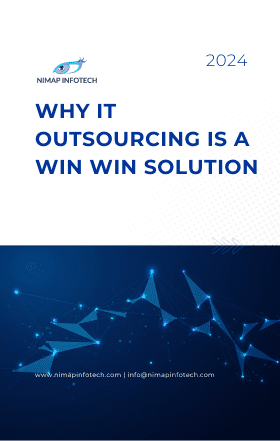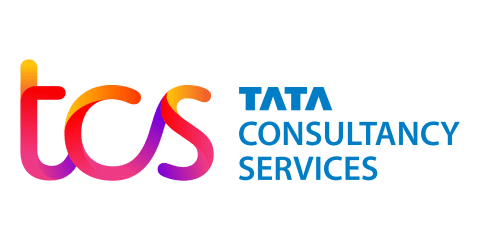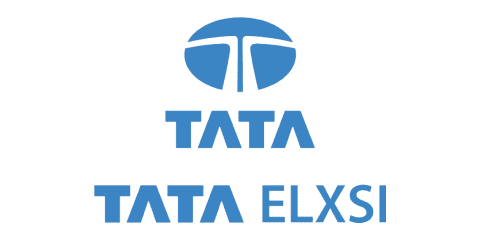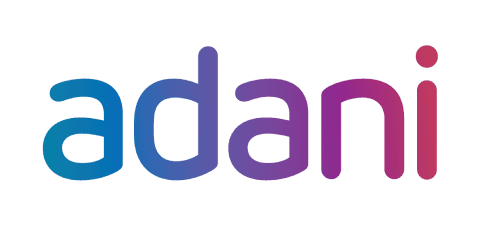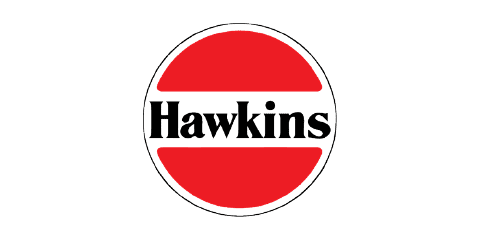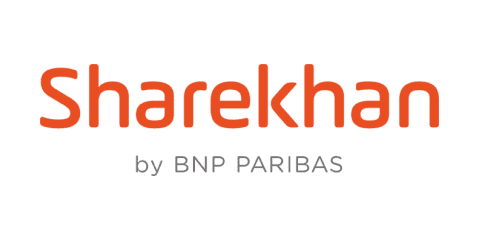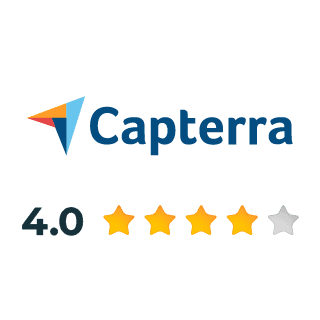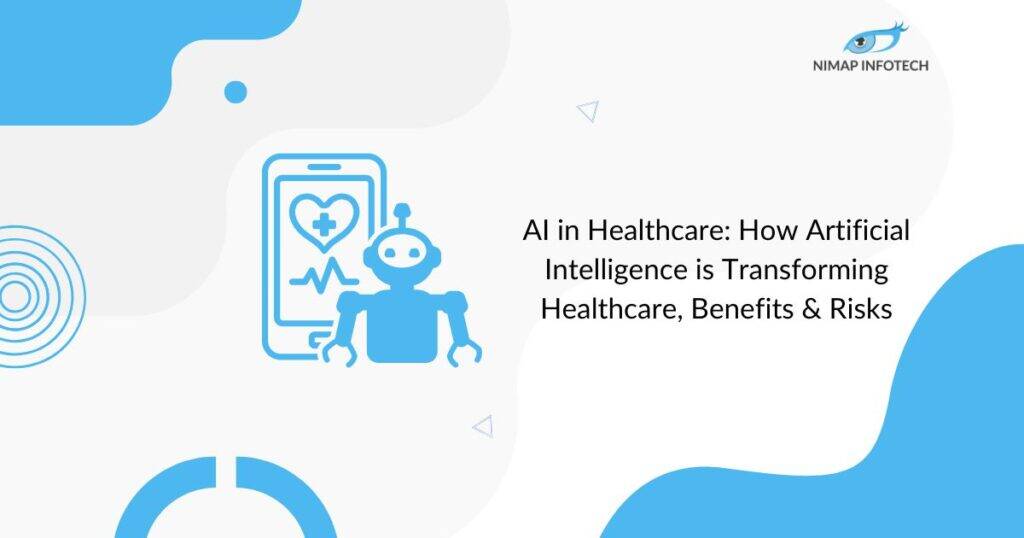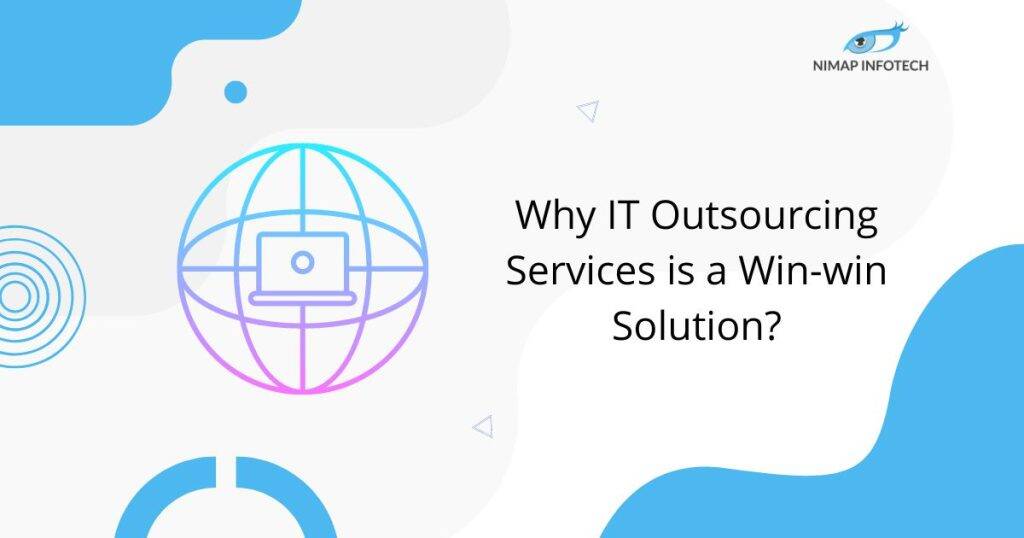About the Client
The client is a next-generation technology firm focused on data automation and enterprise digital transformation. Their applications rely heavily on accurate and timely data extraction using Optical Character Recognition (OCR) across high-volume workflows.
Business Impact
With Nimap’s deep learning-powered OCR solution, the client significantly boosted their system’s performance:
- ✔️ 90%+ OCR accuracy
- ✔️ 40% faster processing
- ✔️ Real-time and batch mode capabilities
- ✔️ Reduced data loss by over 50%
These improvements directly enhanced productivity, minimized human intervention, and streamlined document workflows across departments.
The Challenge
The legacy OCR system was plagued by latency, low recognition accuracy, and poor adaptability to diverse document types. Image noise, skewed angles, and variable font styles degraded recognition, often resulting in incomplete data capture.
“We were struggling with fragmented outputs and slow response times. We needed a system that could handle real-time data extraction with higher reliability.”
— Product Manager, Next-Gen Tech Firm
Our Approach
Nimap performed a full-stack diagnostic and redesign, with a focus on:
- Enhancing image quality pre-processing
- Deploying an AI-powered OCR engine
- Reducing inference latency with async processing
- Scaling using microservice architecture
The entire project followed an agile delivery model to ensure incremental value at every phase.
Why Angular, Java, and Spring Boot?
- Python: Robust ecosystem for image processing and machine learning
- OpenCV: Effective for preprocessing tasks like noise reduction and edge enhancement
- DNN (CRNN Model): Combines CNN, LSTM, and CTC loss for accurate sequence prediction
- FastAPI: Supports high-performance async API calls
- Docker: Ensures scalable and portable microservices
- MySQL: For efficient, indexed data storage
- Jira & Postman: For agile management and API validation
Key Initiatives
- 🔹 Noise Removal & Contrast Enhancement using CLAHE
- 🔹 CRNN OCR Pipeline to tackle text distortion, skew, and variable fonts
- 🔹 GPU-based Parallel Inference for speed gains
- 🔹 Asynchronous API Endpoints via FastAPI
- 🔹 Dockerized Microservices for deployment across environments
- 🔹 Database Query Optimization using indexing and batch processing
The Solution
We delivered a modular, scalable, and high-accuracy OCR system that:
- Processes both real-time and batch OCR requests
- Applies image enhancement pipelines for better recognition
- Uses a deep neural network to deliver over 90% text recognition accuracy
- Handles varied fonts, skewed text, and noisy input with ease
- Integrates seamlessly with the client’s existing data workflows
Features Delivered
- ✅ Deep Learning-based OCR (CRNN architecture)
- ✅ Real-time API responses with async processing
- ✅ Dockerized deployment for portability
- ✅ Advanced image preprocessing (CLAHE, de-noising)
- ✅ Parallel inference on GPU for performance
- ✅ Scalable, secure, and indexed database design
The Results
| Feature / Metric | Old System | New System | Improvement |
| OCR Accuracy | 65% | 90%+ (CRNN Model) | 50% improvement |
| Processing Speed | Slow, single-threaded | GPU-accelerated, parallelized | 2× faster |
| Response Time | 5–7 seconds | 2–3 seconds | 40% reduction |
| Data Extraction | ~50% information loss | Comprehensive text recognition | 50% more data accuracy |
| Scalability | Limited | Dockerized microservices | Optimized for high-volume workloads |
Client Testimonial
“Nimap’s deep learning expertise helped us redefine our OCR workflows. We’ve seen a drastic reduction in processing time and a major leap in accuracy. It’s now a reliable engine driving key areas of our operations.”
— Head of Engineering, Next-Gen Tech Firm
Conclusion
By leveraging deep neural networks, parallel processing, and agile development, Nimap delivered a next-gen OCR solution that transformed the client’s data extraction process. The result is a faster, smarter, and more scalable OCR engine—well-equipped for real-time and enterprise-grade document automation.




